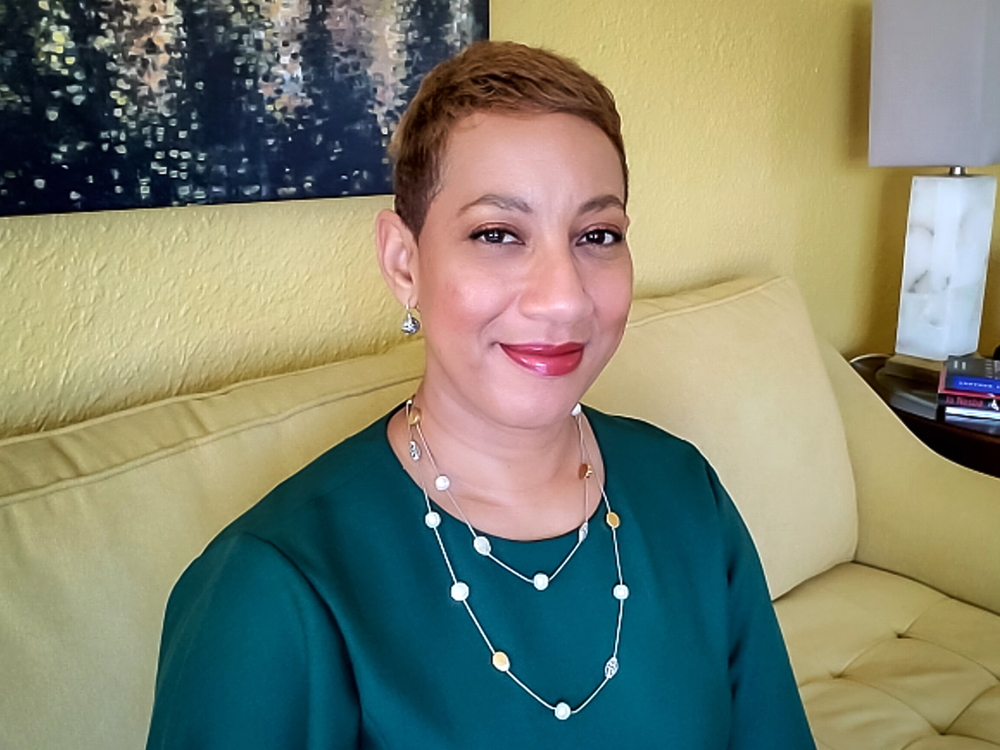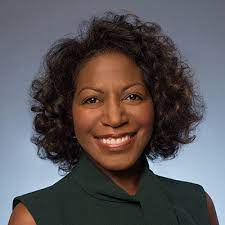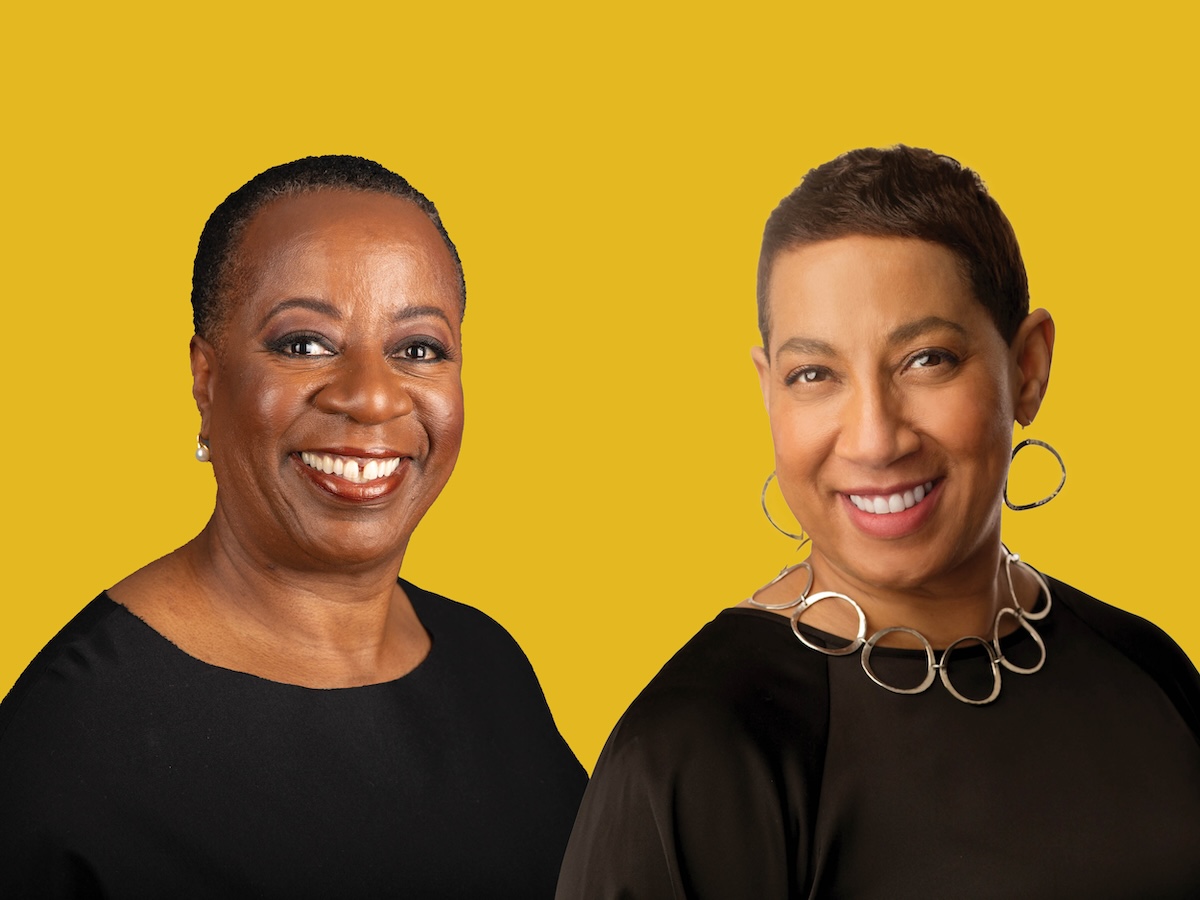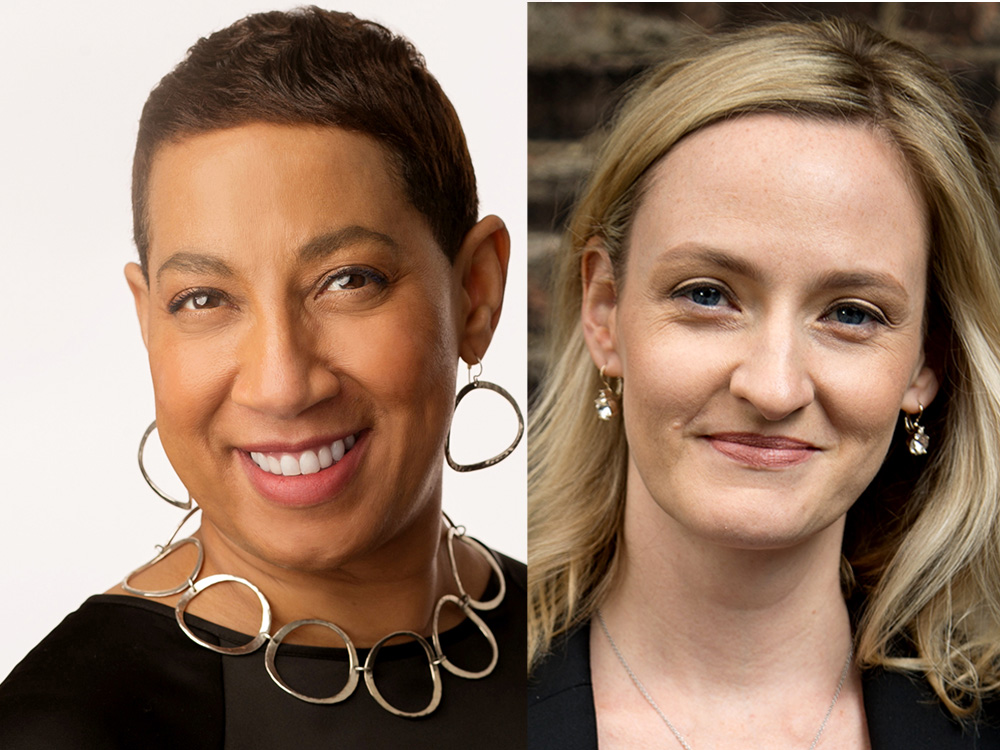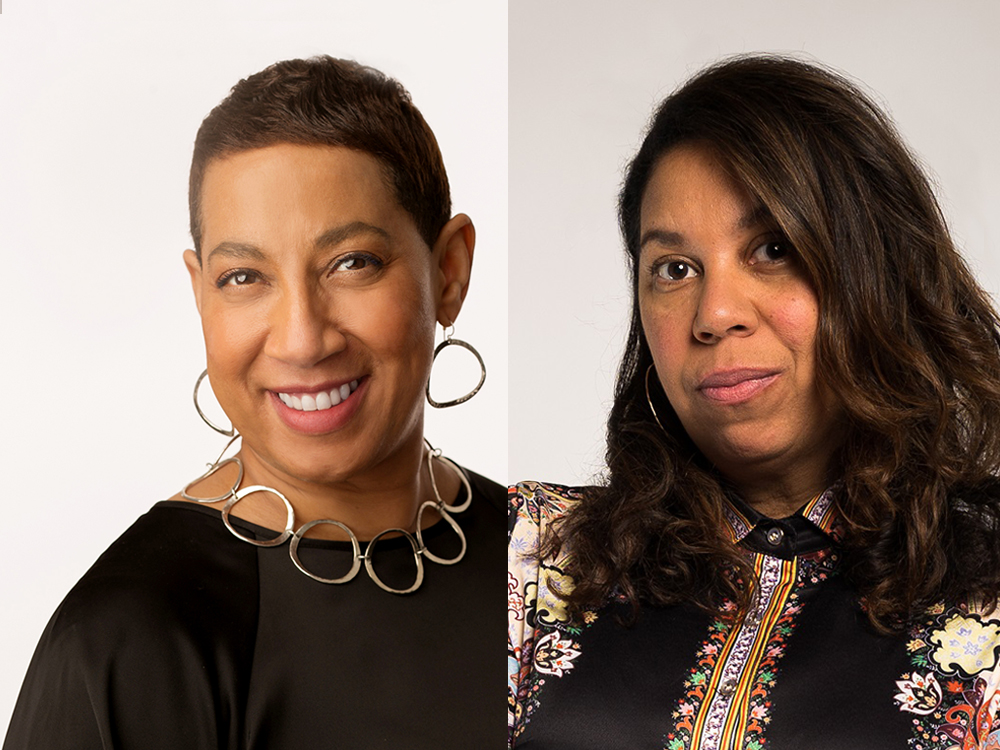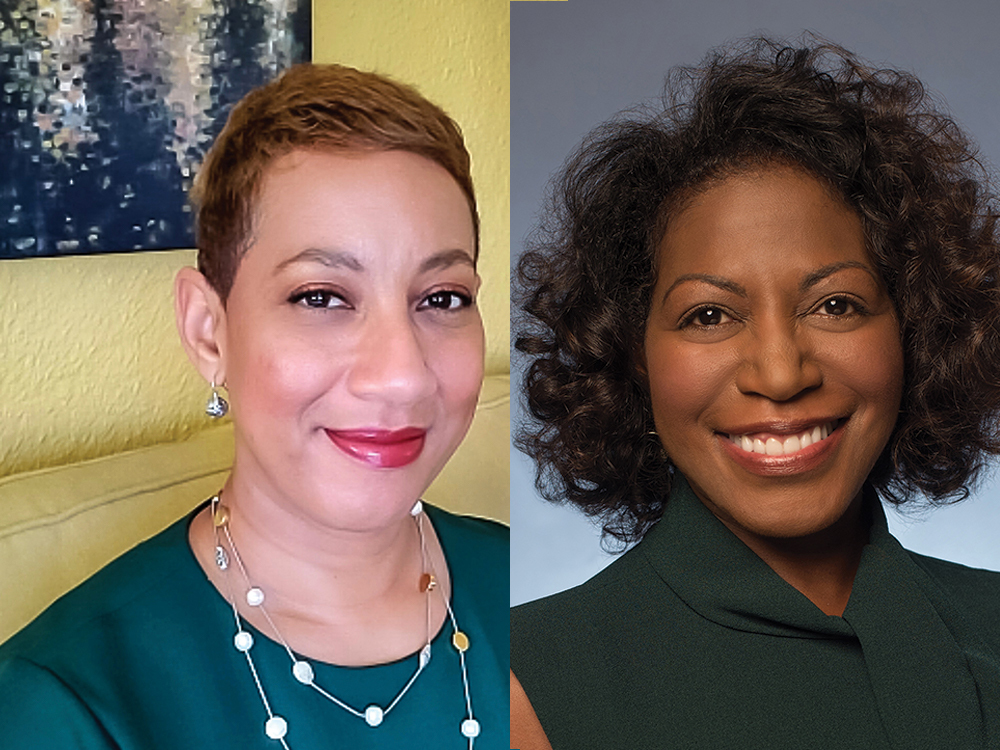
The Annie E. Casey Foundation for decades has worked to embed racial equity and inclusion in its operations and share its journey as a road map to other funders ready to embark on a similar path. Currently leading the charge is President and CEO Lisa Hamilton, who ascended to the helm in 2019 after serving as executive vice president and chief program officer, as well as vice president of external affairs, leading efforts to provide data, analysis, research, communications, and policy solutions to fortify the foundation’s ability to reach its goals.
As Hamilton shared in a recent interview with PEAK President and CEO Satonya Fair, she hopes that sharing the Casey Foundation’s challenges and triumphs will embolden other organizations. “We know we can’t change the world by ourselves,” Hamilton says. “No matter how deep the work we do as an institution might be, we’ve got to help facilitate others’ growth and development in this space.” The two CEOs explored how to put equity at the core of your strategy so that change emanates from your organization and runs throughout the communities you work to benefit. Here are a few highlights from their conversation.
Fair: Creating an institution that is equity-centered from its mission statement to its programming to its operations is a long journey. And there are so many out there who are just beginning this journey. How did Casey start this work and what has it done well to ensure that everyone has been included along this journey?
Hamilton: We had to acknowledge a fundamental truth: Universal strategies are not going to get us where we want to go. A rising tide does not lift all boats. It’s like having a classroom of children and you realize some of them can’t read very well. You dig a little deeper and realize these kids can’t see and need glasses. Those children need targeted interventions. Racial equity is no different. Different children and communities face different challenges. We have to be unapologetic about pursuing targeted strategies to improve outcomes for families who have had targeted strategies directed at them to hold them back.
We had to improve how our work brings communities of color to the table as problem solvers and codesigners of solutions. But when we started this journey seven or so years ago, there was a lot of discomfort among staff about leading conversations with racial equity at the center. So, we helped them do that. We had a process to help our staff understand what we meant by equity. We had a shared language. We could talk about what targeted strategies look like in each of their specific bodies of work.
Targeted strategies are needed in this moment. And that’s what we’ve really tried to unlock in our staff and with our grantees. Then when you pursue them, you see how things get better.
Fair: Casey has really modeled why it’s so important to both collect and analyze demographic data for your grantees, your consultants, and your communities. How has that approach helped Casey be a more equitable grantmaker?
Hamilton: You need to look at the data to figure out what’s going on—and not just at a surface level. We disaggregate data by race to best help children be successful and get them where they need to go. And even when you disaggregate data by race, there are subgroups within racial populations that might be struggling. For example, people often think of the Asian community as monolithic and that Asian children are exceeding their white peers on many indicators. When you disaggregate that even further to ethnic groups, you might see that Vietnamese, Hmong, or other groups of children are not faring well at all. You have to look into finer cuts of the data so that you can see where you need to focus your efforts.
Fair: Talk about shifting toward the South and Southwest regions.
Hamilton: When I was the vice president of external affairs, I was responsible for KIDS COUNT [a Foundation effort that documents child well-being in every state and across the nation] at the time and I kept looking at a heat map we updated annually that shows where kids are doing well and where kids are struggling across the 50 states. Every year, the South and Southwest were on fire. I looked at where Casey was doing its work and we were ignoring the South.
I think we viewed the South as hard, so why would we go there? And there was something fairly thoughtful in the approach of going to the places where maybe our work might be better received. But we could not continue to ignore the South and the Southwest where the majority of people of color in this country live. It’s like being a firefighter and ignoring the biggest fire. We can’t do that.
Consequently, my work focused on our policy efforts in these places. I had responsibility for units across our program areas: policy advocacy, communications, the racial equity team, and KIDS COUNT. And I thought, if we are trying to do targeted strategies, what am I supposed to do with the bodies of work I manage when I’m not responsible for a particular outcome, like workforce development or child welfare? Eventually, other Foundation leaders focused on that region. And focusing on the South has fundamentally changed Casey as an organization–and not just in terms of the work I led, but our program areas have now pivoted as well.
And the thing we also realized is that you have to employ different strategies. What we were trying in Maine does not matter to people in Mississippi. So, you need to figure out what’s going to work in Mississippi. That really helped our staff think differently about strategy. We wouldn’t have built those strategy muscles if we had continued to pursue our work in the same way that we had done before.
Fair: We have a lot of funders who’ve been doing what they’ve been doing for a long time. And I have those conversations with folks, and we have to encourage people to lead the change process. Just because you’ve always been in this place does not mean you’re stuck there. So when you think about driving change, how do you continue to empower the staff and your peer funders to really take up racial equity work?
Hamilton: One of Casey’s key roles is a convenor. Often, we bring our networks together to learn. In building the capacity of our KIDS COUNT network to take up racial equity work, for example, we developed institutes that gave them access to experts and enabled them to learn from one another.
Peer learning was key to getting organizations unstuck. That’s how most practice change scales up. Casey is lucky in that we thought about the impact of networks and peers from the beginning of our work. The KIDS COUNT network is a group of 53 grantees across the country and US territories. If we are talking about racial equity, the folks in Texas are going to talk to the folks in Arkansas, and they’re going to talk to their peers in Louisiana. Each one knows that the others are doing the exact same work that they’re doing. They are inspired by one another to see what they’ve done, and they can problem-solve together. Also, people trust friends. They find courage and inspiration from the people they know, who have walked the same path with them, and who will help you through the rough spots of trying to do something new.
Fair: We hear from so many foundations that they find a lot of strength in being able to talk about the ups and downs.
Hamilton: And remember to share the success stories. We often have the sense that progress isn’t being made. But there have been incredible home runs where we have reduced the numbers of kids of color who are incarcerated, increased the numbers of young people of color who are getting apprenticeships or decreased the amount of violence in neighborhoods of color. Remember, there is a reason you do this: You can have great success. And that’s a message people don’t always get.
Fair: I feel like I regularly see stories about Casey leaning in with a large investment in the infrastructure behind small, nonprofit organizations. Why is that a priority and how does it help Casey meet its strategic objectives?
Hamilton: As we deepened our racial equity work, we realized that there weren’t always the program models, programs, or strategies developed to serve kids and families of color, and that without the right programs, policies, or tools, we weren’t going to get to where we needed to go. And so, in a variety of places across the foundation, we started working with smaller nonprofits of color because they were innovators. Casey is about funding innovation. And as we were doing more racial equity work, we realized we needed more innovators focused on kids and families of color. And they were sometimes program developers of color.
We created a pipeline to support these developers of color because we saw that there was real innovation going on that we wanted to fund, and we knew that their work was essential to us succeeding in our work. This is important strategic work, and I’m not funding it because I’m a person of color leading an organization. I work to improve outcomes for kids and families of color. These are innovators who are doing that work. And so, I’m funding them because they achieve a strategic goal. It makes perfect sense and has been really impactful.
Fair: Belonging is one of the topics that we address in this edition of the Journal. From my experience as a Black woman, I’ve often found myself the “only” in a room, and it’s not just in terms of what I look like. Sometimes it was because of my perspective or the way I was approaching a problem. So, as you take off your CEO hat, how have you found or made your own place in philanthropy?
Hamilton: I have been in spaces where I wasn’t expected to be since I was six years old. I was bussed across town to integrate schools in Atlanta and was one of very few Black children at all-white elementary, middle, and high schools. I went to huge public universities and law school where I was, again, one of very few people of color in my classes. Being different is something I’ve become accustomed to, and learning how to use that difference to break stereotypes and bring new perspectives into a conversation is something I’ve been practicing since I was six years old. By the time I became an adult and I was in corporate spaces or private philanthropy spaces where I was one of or the only person of color—or sometimes woman—in the room, I had decades of experience being confident in who I am. My family and my friends were always in my head to root me on and let me know that, even though I might look different in this room, I am loved—so I should be myself in these spaces and be authentic.
The thing that I love about the role I have now is that you can hear that my journey was often about beating the odds. And the aha moment I had when I came into private philanthropy was that I could use this to change the odds. The most life-changing, affirming, and motivating realization I had was to take that journey of being by myself and speaking up for myself and to turn that into power, to open the door for other people. That gets me up every day. I love the idea that there will be other little Black girls who come after me, who won’t be the only child in their gifted and talented class, won’t be one of only 10 people of color in their law school class like that. That excites me because I know I’m not unique. There are so many brilliant young people who don’t get all of the opportunities that they need to thrive.
The good news is that, almost 50 years after I rode that first school bus, there’s a shift happening in certain spaces. There are more women of color leading foundations. There are more people of color joining C-suites, and we see political leadership changing in different ways. That’s what inclusion and belonging looks like—more people who have the opportunity to pursue their dreams and can see folks who look like them in these spaces.
GALLERY

Erica L Chisolm, Shine Different
Erica L Chisolm is a mixed media artist and activist based in Atlanta, Georgia. She uses acrylic paint, tissue paper, decorative paper, twine, and other elements to create portraits with rich textures that represent the beauty and imperfections of being. Her hope is to use public art to bring health, creativity, love and a sense of identity to the cities in which she works. This mural located in Atlanta, Georgia, features portraits of Black women in careers where Black women have historically been underrepresented: marine ecologist Alanna Vellacott, harpist Madison Calley, composer Ashley Keiko, and a selfportrait of the muralist herself. “I had the honor of creating a mural of living, thriving, beautiful young women of color, living their dreams and sharing their fire with the world. I am also honored and grateful to hold space with each of you. May we continue to shine and continue to encourage others to shine different.”
Erica L Chisolm (elcreative.co)
